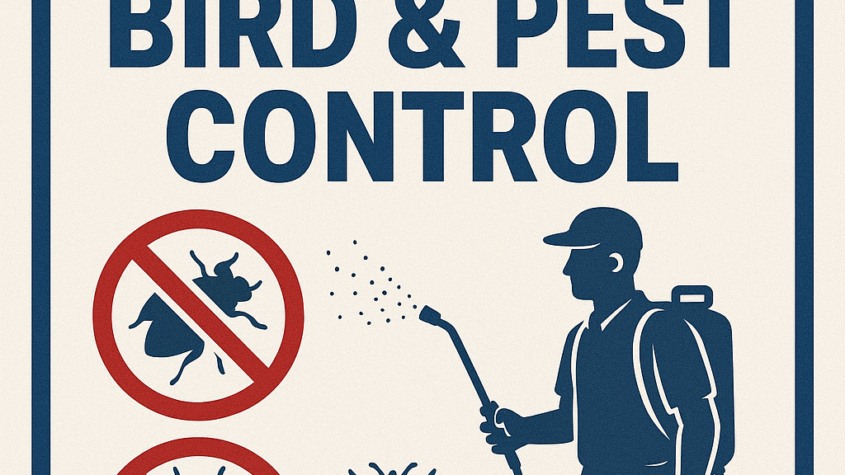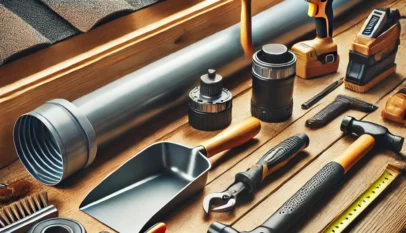
Mice can quickly become a nuisance when they invade homes, causing damage and spreading diseases. Effective pest control mice hinges on a combination of preventive measures and active extermination strategies. Understanding how to identify signs of a mouse infestation and implementing early intervention can prevent bigger problems down the line.
In many cases, mice enter homes in search of food, warmth, and shelter. Keeping food stored properly and sealing entry points can significantly reduce the chances of an infestation. Additionally, using traps or professional services can address the issue if mice are already present.
Awareness of rodent behavior and proactive measures can make all the difference in maintaining a pest-free environment. Homeowners should take steps to educate themselves on effective pest control methods to handle any mouse problems efficiently.
Understanding Mice Behavior and Infestations
Mice exhibit specific behaviors that are crucial for identifying their presence. Recognizing signs of infestation and understanding where they typically reside can help in early detection and effective pest control.
Identifying Signs of Mice
Mice are often most active at night, making their presence subtle yet detectable. Key signs include:
- Droppings: Small, dark pellets found near nests or food sources.
- Gnaw marks: Shredded materials or bite marks on food packaging and furniture.
- Nests: Made from shredded paper, fabric, or insulation, these often appear hidden away.
- Footprints: Dusty areas may show small, paw-like footprints that can help indicate activity.
In addition, distinct sounds like scurrying can be heard in quiet environments. Detecting these signs early can lead to effective removal and prevention strategies.
Mice Habitation and Entry Points
Mice prefer nesting in warm, sheltered areas close to food sources. Common habitats include:
- Wall voids: Spaces within walls provide hidden access.
- Basements and attics: Dark, undisturbed areas that offer safety.
- Near kitchens: Close to food supplies, ensuring easy access.
Entry points are typically small, as mice can squeeze through gaps of ¼ inch. Key areas to inspect include:
- Foundation cracks: Small openings around the base of the house.
- Utility lines: Spaces where pipes and wires enter buildings.
- Door and window gaps: Improperly sealed entries can become access points.
Understanding these behaviors and habitats helps in implementing efficient pest control measures.
Effective Strategies for Mice Control
Implementing effective strategies is crucial for controlling mouse populations. Approaches range from preventive measures to professional services that can tackle infestations efficiently.
Preventive Measures
Prevention is the first line of defense against mice. Keeping living spaces clean and free from food sources reduces their appeal. Key steps include:
- Sealing Entry Points: Identify and close gaps in walls, around windows, and doors. Mice can fit through tiny openings.
- Food Storage: Store food in airtight containers. This includes pet food and pantry items.
- Decluttering: Reduce clutter in storage areas. Mice prefer dark, hidden spaces to nest.
- Regular Inspections: Conduct routine checks for droppings or signs of gnawing. Early detection is vital.
By maintaining clean, secure environments, the chances of attracting mice decrease significantly.
Baiting and Trapping Techniques
When preventive measures fail, trapping and baiting become necessary. Choosing the right methods is essential for effective mouse control.
- Snap Traps: These are quick and humane. Setting them in areas where mouse activity is evident maximizes success.
- Glue Traps: While less humane, these traps can catch multiple mice. Place them in high-traffic zones.
- Bait Stations: Poison bait in enclosed stations can control larger infestations. Monitor stations regularly to avoid non-target animals.
- Placement: Position traps along walls or in dark corners. Mice tend to travel along established paths.
Careful monitoring ensures that traps remain effective over time.
Chemical and Natural Repellents
Repellents can serve as deterrents to pests during an infestation. Different types cater to various preferences.
- Conventional Repellents: Chemical sprays can be effective but should be used with caution, especially in homes with children or pets.
- Natural Options: Essential oils like peppermint or eucalyptus can repel mice when applied to common entry points.
- Ultrasonic Repellents: These devices emit high-frequency sounds that are uncomfortable for mice but inaudible to humans. Effectiveness can vary.
- Placement Tips: Apply natural repellents regularly and around entry boundaries. Refresh as necessary.
These options help create unwelcoming environments for mice.
Professional Extermination Services
When faced with substantial infestations, professional pest control can provide tailored solutions. Experts have tools and knowledge to address complex issues.
- Inspection: Professionals conduct thorough inspections to identify problem areas and assess infestation levels.
- Treatment Plans: Customized approaches ensure that all aspects of the problem are considered, including the type of mice and nesting areas.
- Follow-Up: Many services offer follow-up visits to ensure infestations are fully resolved and to prevent future occurrences.
- Safety Protocols: Licensed exterminators adhere to safety standards to minimize risks associated with pesticides.
Professional services offer relief for those struggling with persistent mouse problems.
Recycling Drop Off Near Me: Your Guide to Local Eco-Friendly Solutions
Finding a nearby recycling dropoff location can be a crucial step in contributing to envir…










